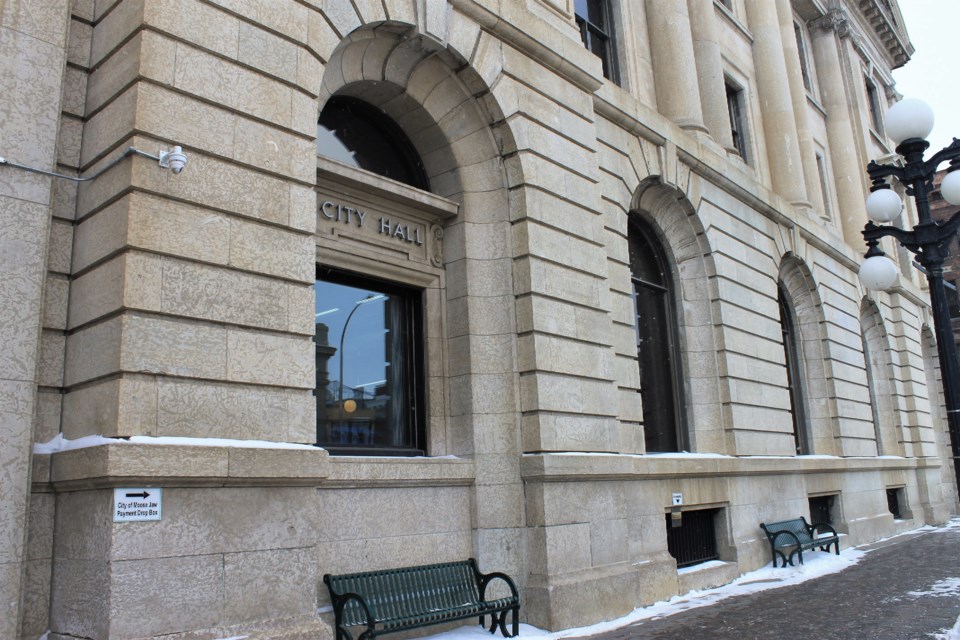City hall will pursue almost $24 million in federal funding to replace the outdated Crescent View lift station, an important piece in the municipality’s wastewater collection system.
During its Nov. 28 regular meeting, city council voted unanimously to approve the engineering department’s application for Investing in Canada Infrastructure Program (ICP) funding under the green infrastructure stream for the lift station project.
Council also agreed to ensure that the municipality met legislated standards, met the program’s terms and conditions, conducted an open tendering process, managed construction, funded the project’s municipal share, funded ongoing operation and maintenance costs, and followed any mitigation measures as required by provincial or federal legislation.
The engineering department expects the replacement project to cost $26,655,000, with ICIP potentially funding $23,780,000.
“It’s been quite a while since I last had a tour of the Crescent View lift station, but that was six or seven years ago, and at that point, it was one piece of infrastructure we knew was coming up to be replaced,” said Coun. Heather Eby. “It’s not a sexy or fun project, but it’s key.”
City hall retained engineering firm AECOM Canada Ltd. in August 2021 to help replace the wastewater lift station, located at the east end of Manitoba Street East adjacent to the Moose Jaw Creek, a council report explained. The city built the life station in 1961 and last upgraded it in 1991.
“The city-wide wastewater collection system is conveyed to this station and then pumped to a grit building at the headworks of the city’s wastewater treatment plant (WWTP),” the report noted.
The lift station is below the required capacity to handle water surcharges, which leads to flooding of the grinder room during major rainstorms while it is past its life expectancy, requires extensive and expensive repairs, is incorrectly configured for grit removal after pumping and is restricting the city’s growth, continued the report.
AECOM has recommended replacing the lift station to function as a WWTP headworks building by providing full-flow screening and grit removal. The main factors influencing design are pumping capacity, screening, grit removal and sewage receiving location, practical considerations with retrofitting an existing building or constructing a new one, and regulatory requirements.
Constructing one integrated headworks building would meet several objectives, the report said, including:
- Designing a new venue to meet anticipated flows associated with a wastewater collection system that can serve 45,000 people
- Providing a screening and grit removal (primary treatment) system and upgraded pumping system with the capacity for a one-in-25-year storm
- Providing upgraded sewage receiving and potable water truck fill systems
An existing septage receiving station is located about 100 metres upstream of the existing Crescent View lift station, where sewage mixes with the wastewater collection sewer before being pumped to the WWTP, the report continued.
That station does not provide the required level of service, has a history of overflows, cannot detect prohibited loads, lacks treatment capabilities and cannot handle flow equalization.
The current sewage system layout does not provide grit removal protection before the sewage reaches the lift station. This leads to increased pump wear and grit deposits to the downstream infrastructure because of the absence of grit protection.
Several existing grit building components also require replacement, the report added.
The next regular council meeting is Monday, Dec. 12.




